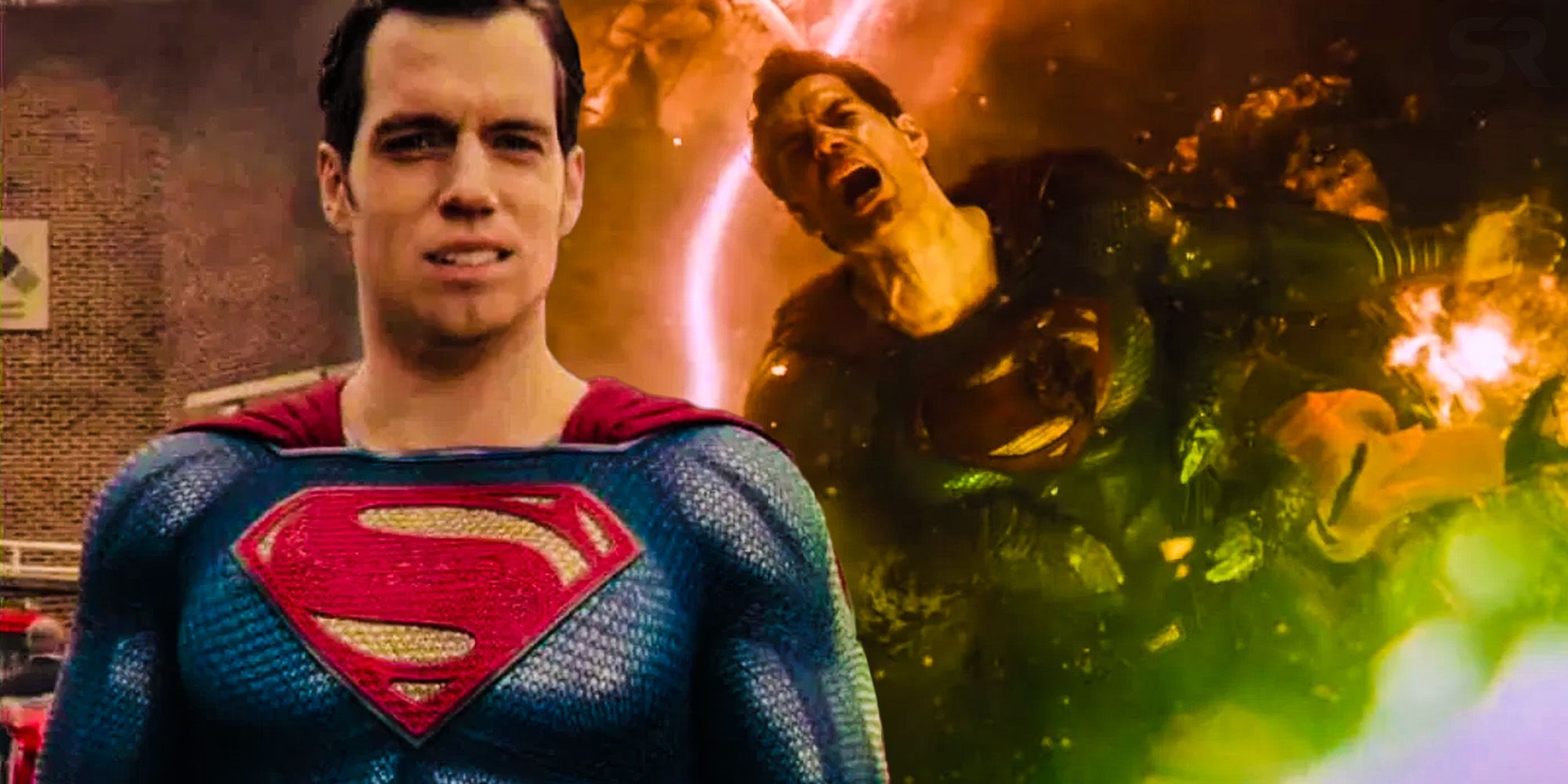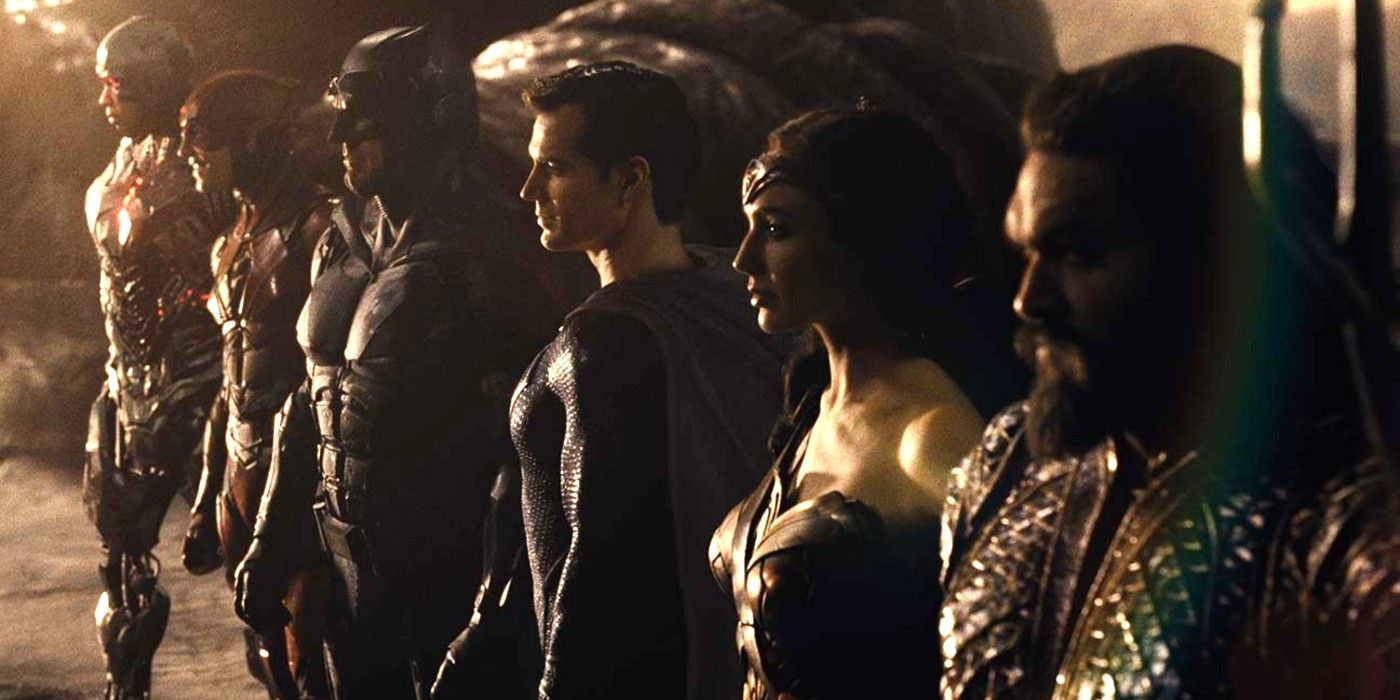One of the most significant alterations in Zack Snyder’s Justice League includes Superman's death from Batman V Superman: Dawn of Justice, which opens the movie and sets the stage for the villains' entrance. 2017's Justice League disappointed legions of DC fans due to its abrupt tonal shifts, messy narrative, and underdeveloped villains and heroes. Years of campaigning for Zack Snyder to release his cut of the movie finally came to fruition, along with many changes to the theatrical version - one of which is Superman's death kicking off the story.
A huge issue viewers had with the theatrical Justice League was Superman's mustache, which had to be digitally removed because Henry Cavill was filming Mission: Impossible - Fallout at the same time Justice League was undergoing reshoots. The opening scene of 2017's Justice League has the obvious facial hair removal on full display, while cell phone footage shows Superman answering kids' questions for their podcast. The Snyder Cut leaves this out and opens instead on Superman's demise at Doomsday's hands. His dying screams reverberate throughout Earth, turning on the three hidden Mother Boxes in Gotham, Atlantis, and Themyscira.
Zack Snyder's Justice League doesn't waste time on the set-up for Steppenwolf's arrival. Superman's death provides insight into the process of Steppenwolf and his parademons' invasion. It proves how essential he was in keeping evil forces at bay. The Mother Boxes are not activated until the most powerful superhero on Earth, or Steppenwolf's worthiest opponent, is destroyed - and the power of those screams awaken the Mother Boxes, thus inviting Steppenwolf. This raises the stakes considerably and fleshes out a compelling narrative the 2017 version left out. Superman's death also pushes Batman to form the Justice League and stand united against a common threat. 2017's Justice League showcased some divisive discussions between the team members - after their first encounter with Steppenwolf, they contemplate the Mother Box's immense power and argue about whether or not to use it to bring Superman back. In the Snyder Cut, Bruce, Diana, Arthur, Victor, and Barry all agree that the Mother Box has the potential to resurrect Superman and possess no qualms against using it for that purpose.
Scenes like these drive the themes of hope and unity throughout the six-part cut. Members who have stood together in the past, like Amazons and Atlanteans, stand together again without delay. Diana even reminds Arthur that their vastly different cultures share the same sayings. While the 2017 version weighed the pros and cons and moral implications of resurrecting Superman, the Snyder Cut's team is firm in its hope that it can and will succeed. They realize how important Superman's involvement in their battle against Steppenwolf really is. Despite the film having a darker and more serious tone than Whedon's version, the Justice League remains united against Steppenwolf and the Unity. Superman's death at the very beginning of the film brings people together.
Recalling the tragic events of Batman V Superman establishes the main conflict of the Snyder Cut and inspires the formation of the Justice League. Superman's death also allows the film to further world-build Atlantis and Themyscira and develop essential Justice League characters like Cyborg and the Flash. It explains Bruce's motivations and makes Superman's eventual resurrection all the more meaningful, since it's a crucial storyline of Zack Snyder’s Justice League.


